DUSTS CATCHER
A tool for rendering the human impact upon the environment
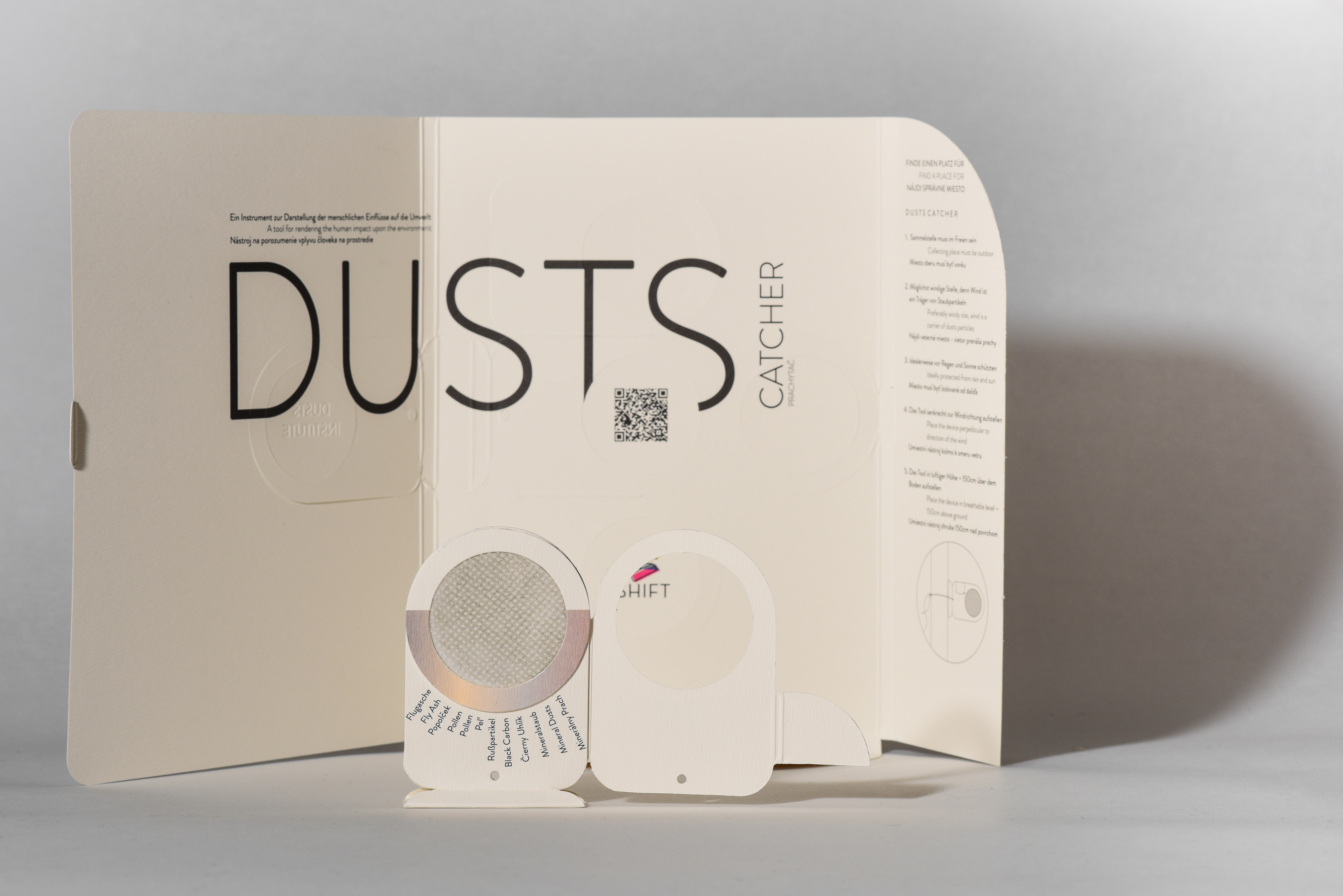
photo: Joanna Pianka
“Airborne dusts are solid particles, ranging in size from below 1μm up to at least 100μm, which may be or become airborne, depending on their origin, physical characteristics and ambient conditions.”
The aim of the project Dusts Catcher is to raise awareness about toxicity of the environment, namely about the air we breathe through artistic research with the support of scientists. Dusts Catcher attempts to exceed how we perceive, process and understand the reality of human impact upon the environment by looking at one element in the air - airborne dusts. Project traces changing air composition as the result of our economic cycles, political choices and private lifestyle through high-tech devices that filter and collect airborne dusts from the environment. Dusts Catcher was developed in collaboration with Dusts Institute.
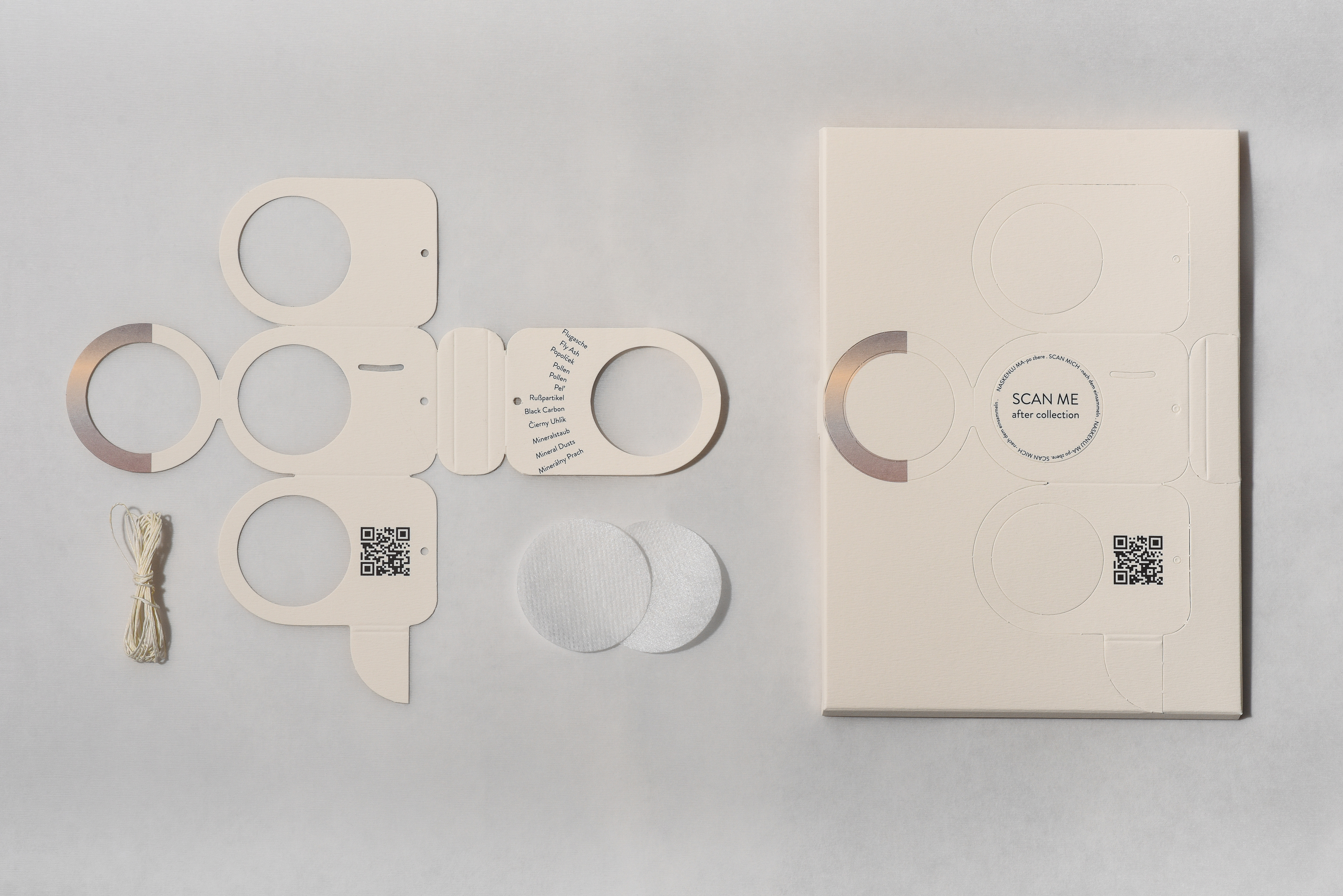
photo: Joanna Pianka
Current pandemic revealed that areas with high air pollution levels help with the spreading of the CoronaVirus. However, we do not perceive 18 kilograms of airborne dusts that every human inhales on average in a lifetime. It is the human activity that turned the atmosphere into a mixture of invisible toxic substances; nowadays we may die by everyday acts of breathing. Dusts Catcher exceeds our perception of invisible airborne dusts that is naked to the human eye, by rendering an (air)condition otherwise readable by sensors only.
“ It is the airborne dusts that is known to function as a carrier for many chemical and biological contaminants including Coronavirus that can float in the air for hours, days or even weeks ”
Interdisciplinary approach of the project reimagines social, cultural and environmental aspects of air-borne dusts. Dusts Institute proposes dusts collecting workshops; outdoor educational gathering to collect invisible air-borne dusts from the environment.
Dusts Catchers were inspired by the scientific method of ambient air sampling where pollutants carried by air are captured on a medium (usually various types of fabrics) and analysed later to determine the amount and composition of air-borne pollutants.
Dusts Catchers are foldable and fully recyclable instruments that are designed to visually inform communities what kind of dusts, if any, is dominant in the air we breathe.
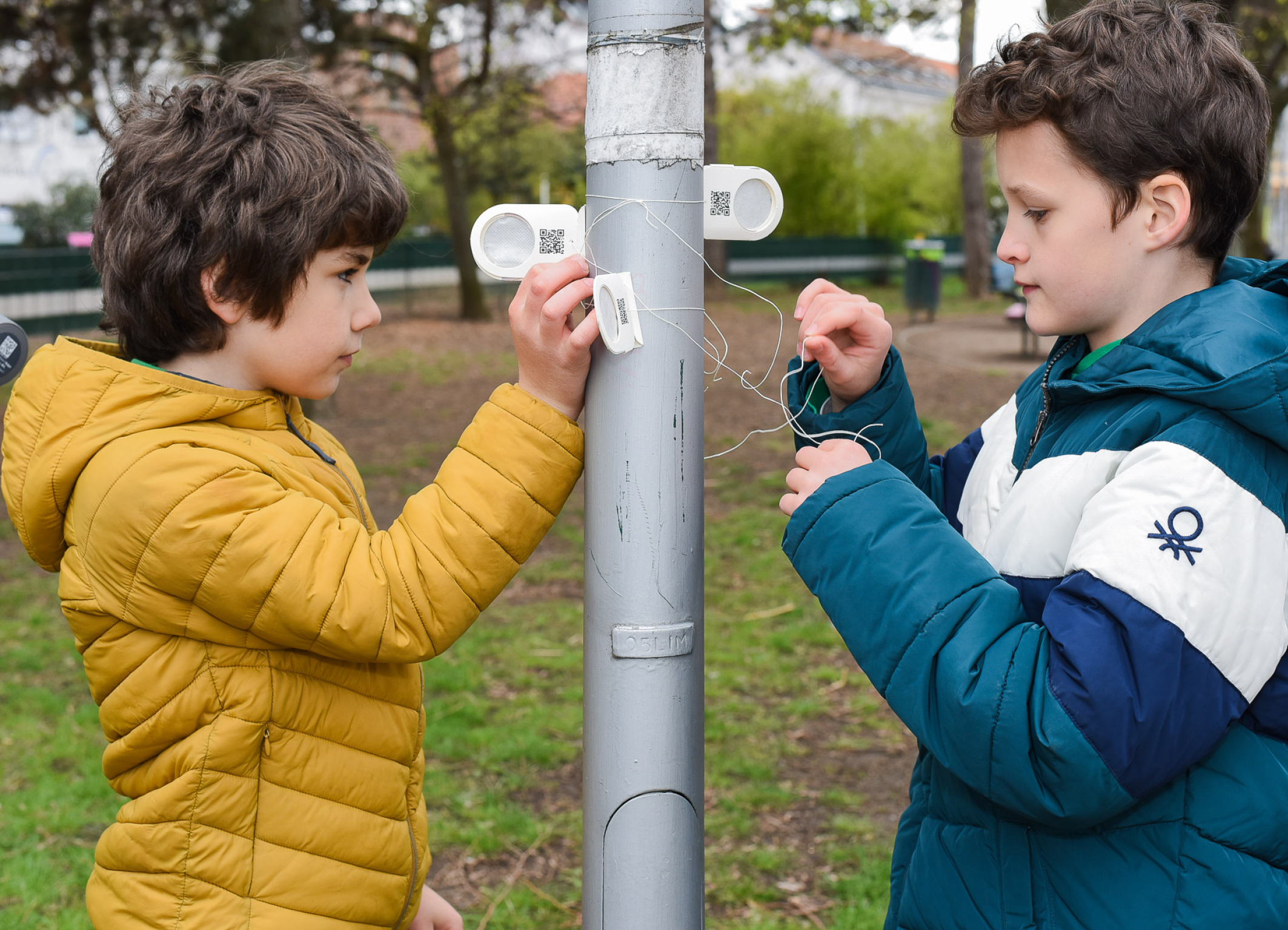 photo: Joanna Pianka
photo: Joanna Pianka
Dusts Institute started to organise Dusts Collection Walks using Dusts Catchers Kit as a D.I.T. (Do It Together) initiative. A series of outdoor workshops aim to collect and materialise invisible airborne dusts from the air we breathe. Dusts Catchers Kit designed for dusts collection are given to the participants and they are invited to explore what kind of airborne dusts is in their neighborhood. Walking distance in each walk is around 1km and the route is always planned as barrier free.

photo: Joanna Pianka
Dusts Catcher Kit can be delivered to anyone via post service and everyone is inivited to take part in this project and become a member of Dusts Catcher Community endevour!
How to collect airborne dusts?
The process of collection is easy and designed to be as inclusive as possible; all you need to do is to order your Dusts Catcher Kit, Fold the Dusts Catcher and Find a place for collection. After 24 hours, the nanofabric inside the Dusts Catcher reveals the art and the amount of airborne dusts in the air. Results can be visually indetified by a gradient tool, attached to the device where you can check what kind of dusts, if any, you collected.

Air Calendar - artwork created by collected specimen of airborne dusts from Dusts Catcher
HOW TO FOLD DUSTS CATCHER
1. carefully pop up the Dusts Catcher from the Kit
2. fold all edges
3. insert nanofabric and close the instrument
4. attache the string
5. place the Dusts Catcher on proper place
1. carefully pop up the Dusts Catcher from the Kit
2. fold all edges
3. insert nanofabric and close the instrument
4. attache the string
5. place the Dusts Catcher on proper place
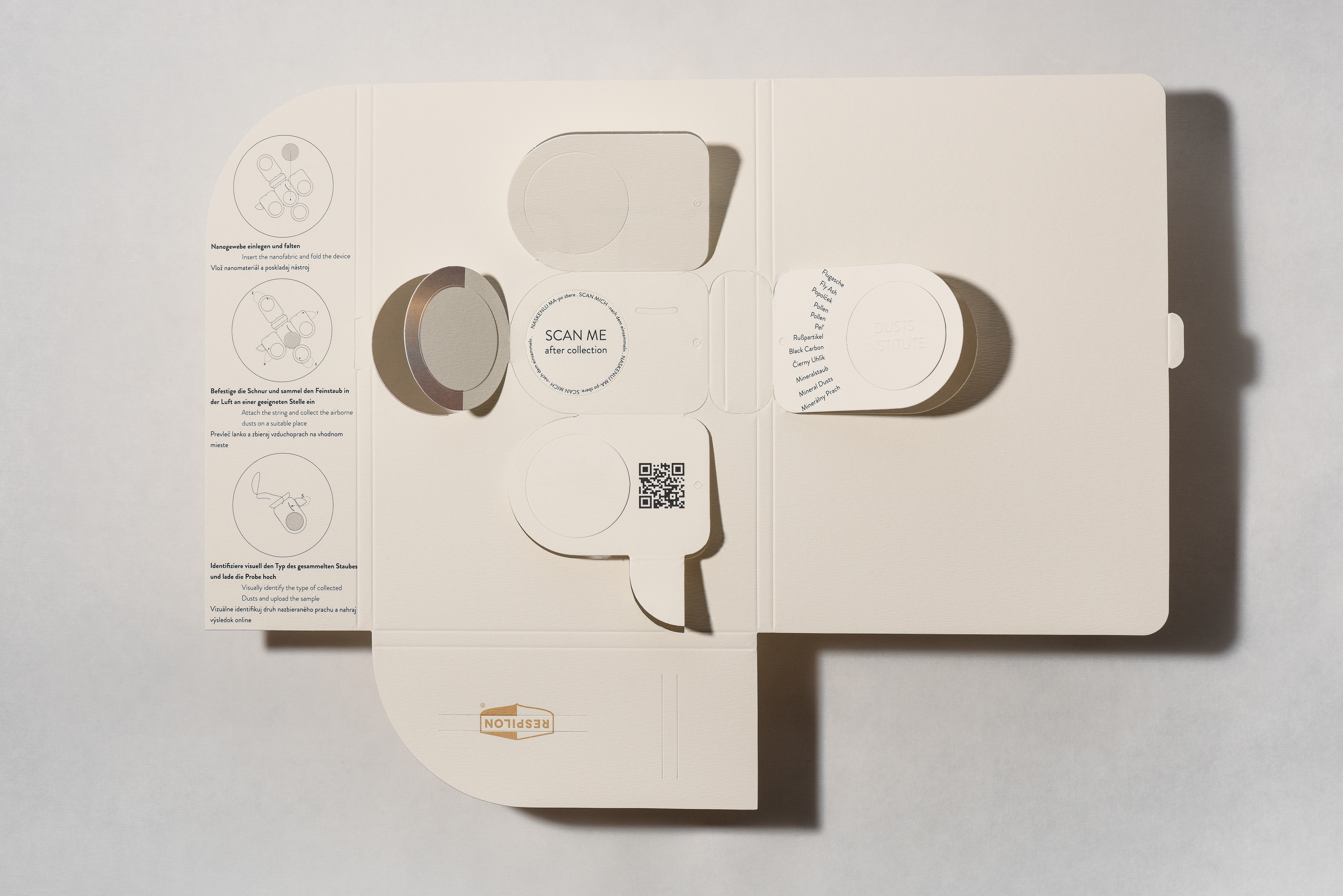
photo: Joanna Pianka
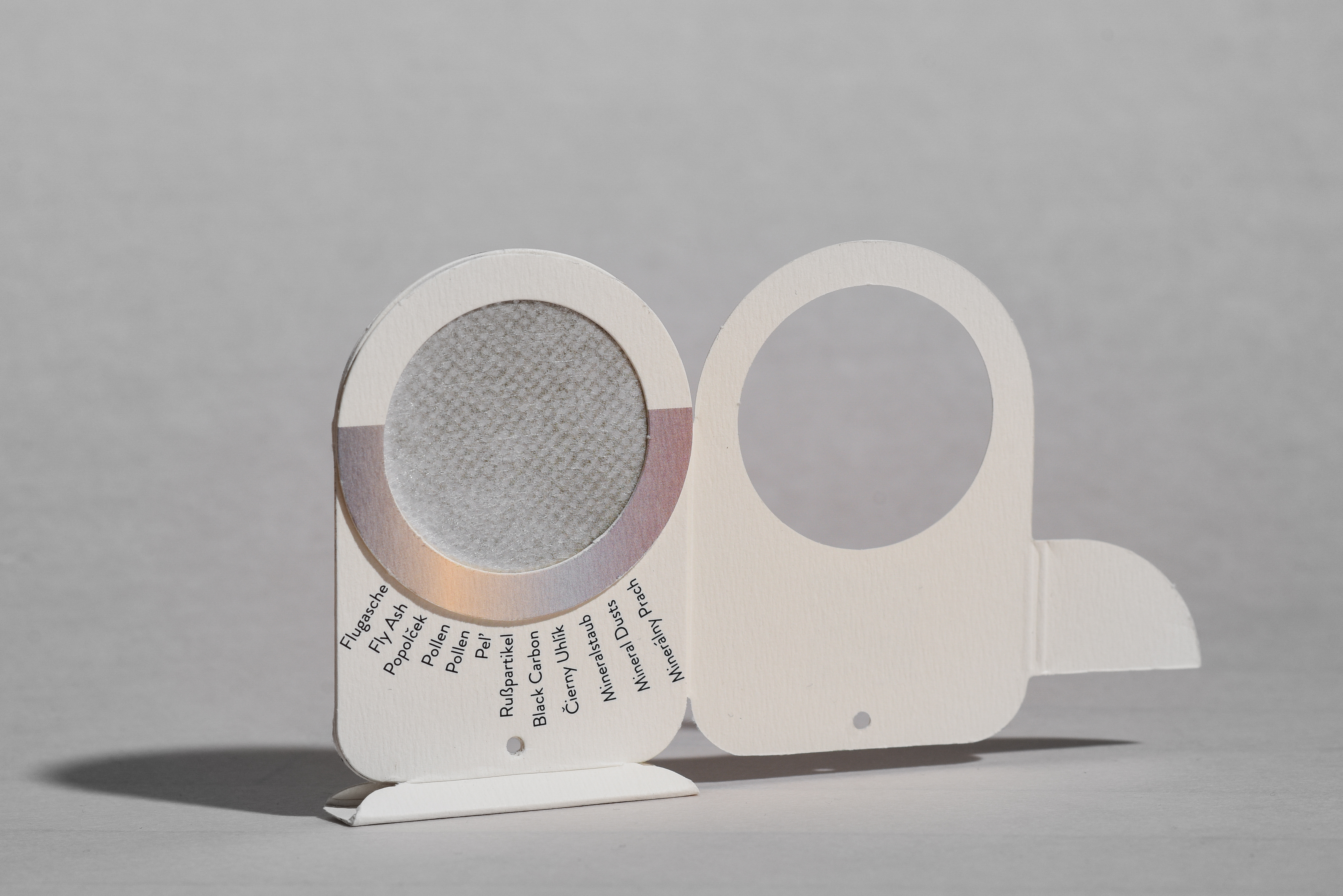
Gradient tool for identification of collected airborne dusts, photo: Joanna Pianka
FIND A PLACE FOR DUSTS CATCHER
1. collecting place must be outdoor
2. preferably windy site, wind is a carrier of dusts particles
3. the place should be protected from rain and sun
4. place the device perpedicular to direction of the wind
5. place the device in breathable level ~ 150cm above ground
1. collecting place must be outdoor
2. preferably windy site, wind is a carrier of dusts particles
3. the place should be protected from rain and sun
4. place the device perpedicular to direction of the wind
5. place the device in breathable level ~ 150cm above ground
project was supported by following partners

